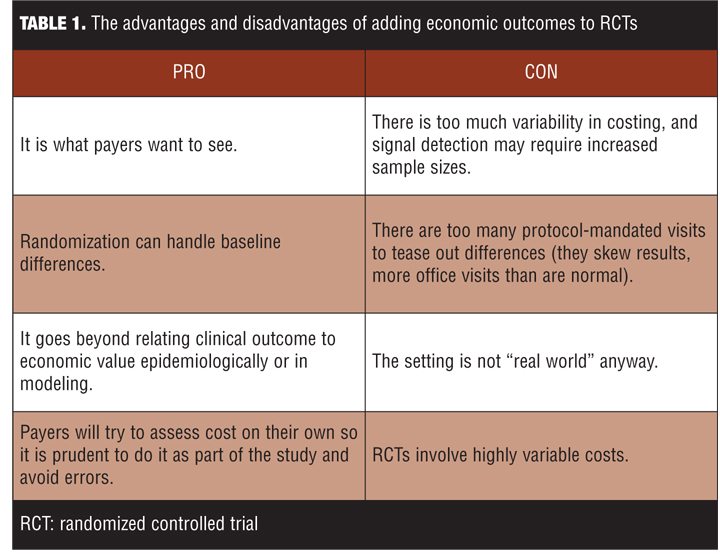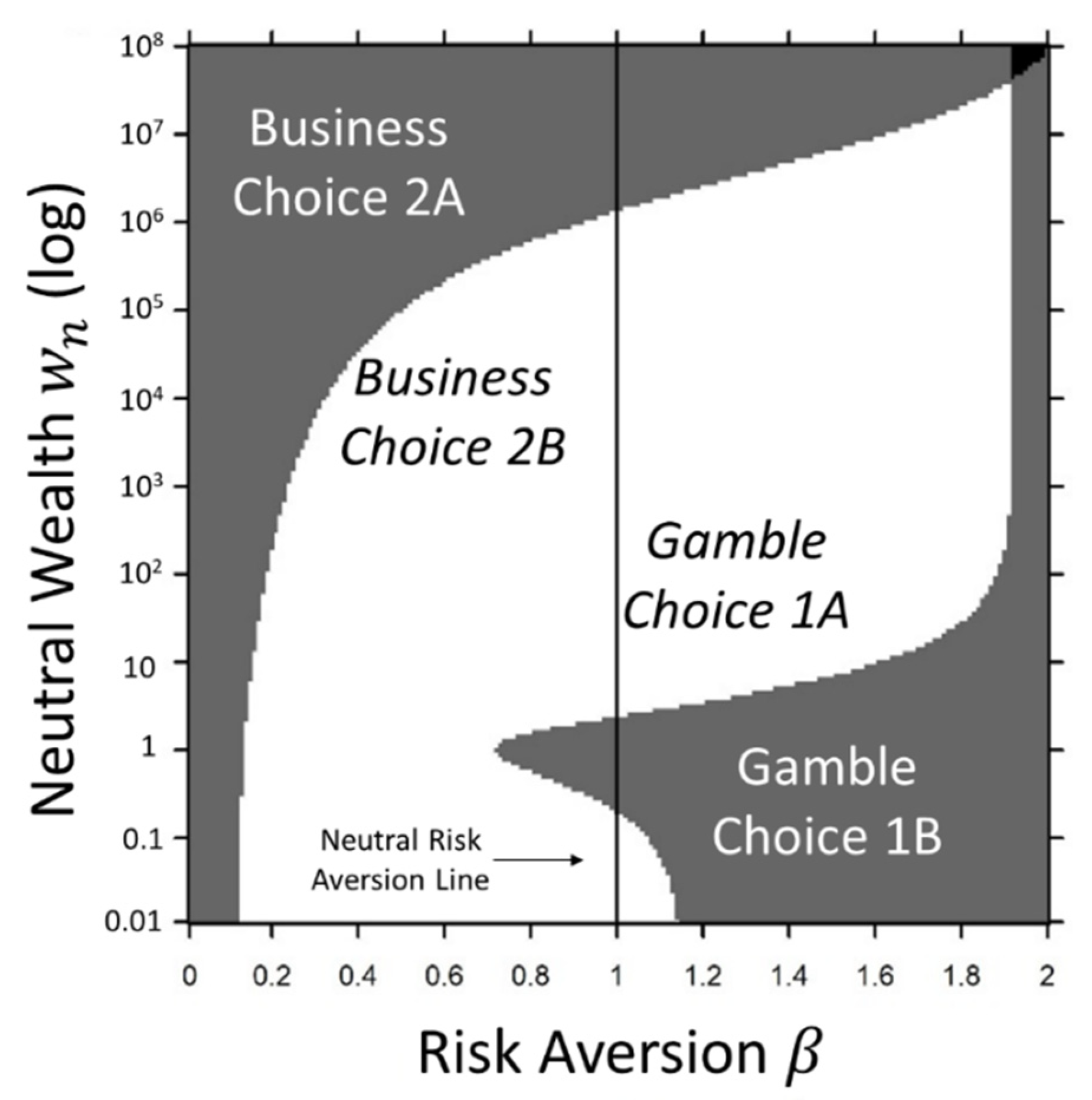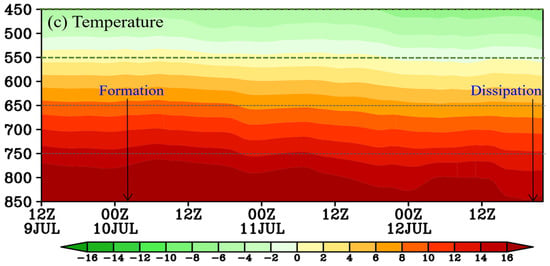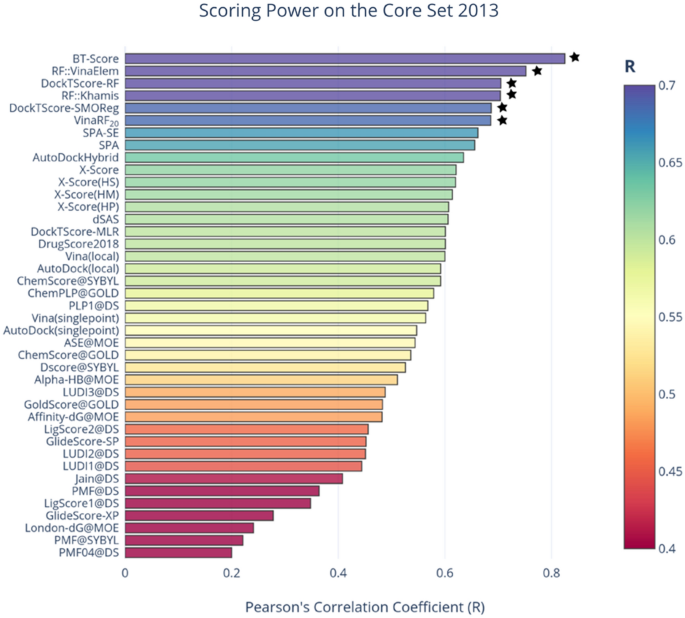A Pragmatic Utility Function to Describe the Risk-Benefit

It is not straightforward to simultaneously evaluate the beneficial and harmful effects of pain management, since different drugs may possess different analgesia and adverse effect profiles. Utility functions, derived from the pharmacokinetics and pharmacodynamics of individual outcome parameters, have been constructed to address this problem. Here, we construct “pragmatic” utility functions based on measurements of benefit and harm, but without making assumptions about the underlying pharmacokinetics and pharmacodynamics. Using data from two previous studies, utility functions were designed by estimating the probability of occurrence of benefit and harm and combining these into one function. Study 1 was a clinical trial on the effect of oral pregabalin on pain relief in chronic pancreatitis patients, with endpoint analgesia and dizziness monitored for 21 days. Study 2 was an experimental study on the effect of intravenous fentanyl on antinociception and respiratory depression in healthy volunteers. From study 1, the utility function was negative the first week of treatment, indicative of the greater probability of dizziness than analgesia, but positive thereafter. From study 2, the utility function showed a nadir 30 minutes after dosing, after which the probability function slowly increased toward zero. A pragmatic utility function based on the probability of two binary outcomes, analgesia and adverse effect, was successfully constructed using data from the two previous studies. The results yielded valuable insights into the utility of treatment and may be highly educative for physicians and potentially used in development of potent analgesics without serious side effects.

Defining a Clinically Meaningful Effect for the Design and Interpretation of Randomized Controlled Trials - Innovations in Clinical Neuroscience

Role of transient receptor potential ankyrin 1 (TRPA1) on nociception caused by a murine model of breast carcinoma - ScienceDirect

Expected Utility and Risk Preferences

Systems, Free Full-Text

Expected Utility and Risk Preferences

An overview to the chemical risk assessment (CRA) process, whereby risk

A Pragmatic Utility Function to Describe the Risk-Benefit Composite of Opioid and Nonopioid Analgesic Medication

PDF) Benefit versus Severe Side Effects of Opioid Analgesia: Novel Utility Functions of Probability of Analgesia and Respiratory Depression

Example of a value tree: prioritization of benefit and risk outcomes

Quantitative Benefit-Risk Assessment in Medical Product Decision Making: A Good Practices Report of an ISPOR Task Force - ScienceDirect

Pragmatic-explanatory continuum indicator summary (PReCiS) tool

Assessment of pain associated with chronic pancreatitis: An international consensus guideline - ScienceDirect

Resolving the Credibility Crisis: Recommendations for Improving Predictive Algorithms for Clinical Utility · Issue 5.4, Fall 2023






